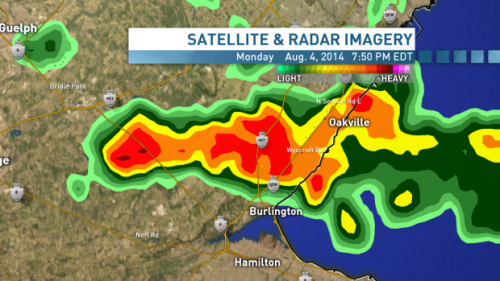The statistics on changing climate are stark; where a hundred year storm used to happen every hundred years, we’re now seeing 3 ‘hundred year storms’ take place every 25 years. Yet our building codes are based on, and assume a 100 year storm every 100 years. Our changing climate is pushing the boundary of acceptable building resiliency. With more localized and exaggerated storms, building resiliently should be a municipal and provincial priority with a national strategy in place.
Ontario Premier Kathleen Wynn recently emphasised that increasingly severe weather is putting pressure on aging infrastructure adding that “When infrastructure fails the costs are catastrophic,” she said. “Public infrastructure in Canada has been neglected by all levels of government for too long,” Wynne told a special inter-provincial summit this past Wednesday. “And I would argue that now — time is up,” she said, adding progress can only be made when the provinces and the federal governments work together.
With Insurance companies washing their hands of coverage when “overland flooding” occurs, homeowners need to seriously assess and protect their interests when renovating or building new. “Building to Code” minimums won’t protect you and especially in a climate emergency or grid failure, having the resilience and self sufficiency to ride out a storm depends greatly on how successful your planning is now.

“These [once in] 50-year floods are occurring every 10 years, because our climate has changed,” said Environment Canada’s senior climatologist Dave Philips and adds that planning for weather based on the past 100 years “masks” recent events that have dramatically changed how much rain falls. He said in the aftermath of the Toronto floods of August 2013, a look into the last 25 years of rainfall showed that there were three 100-year storms, and six 50-year storms.How to buid
